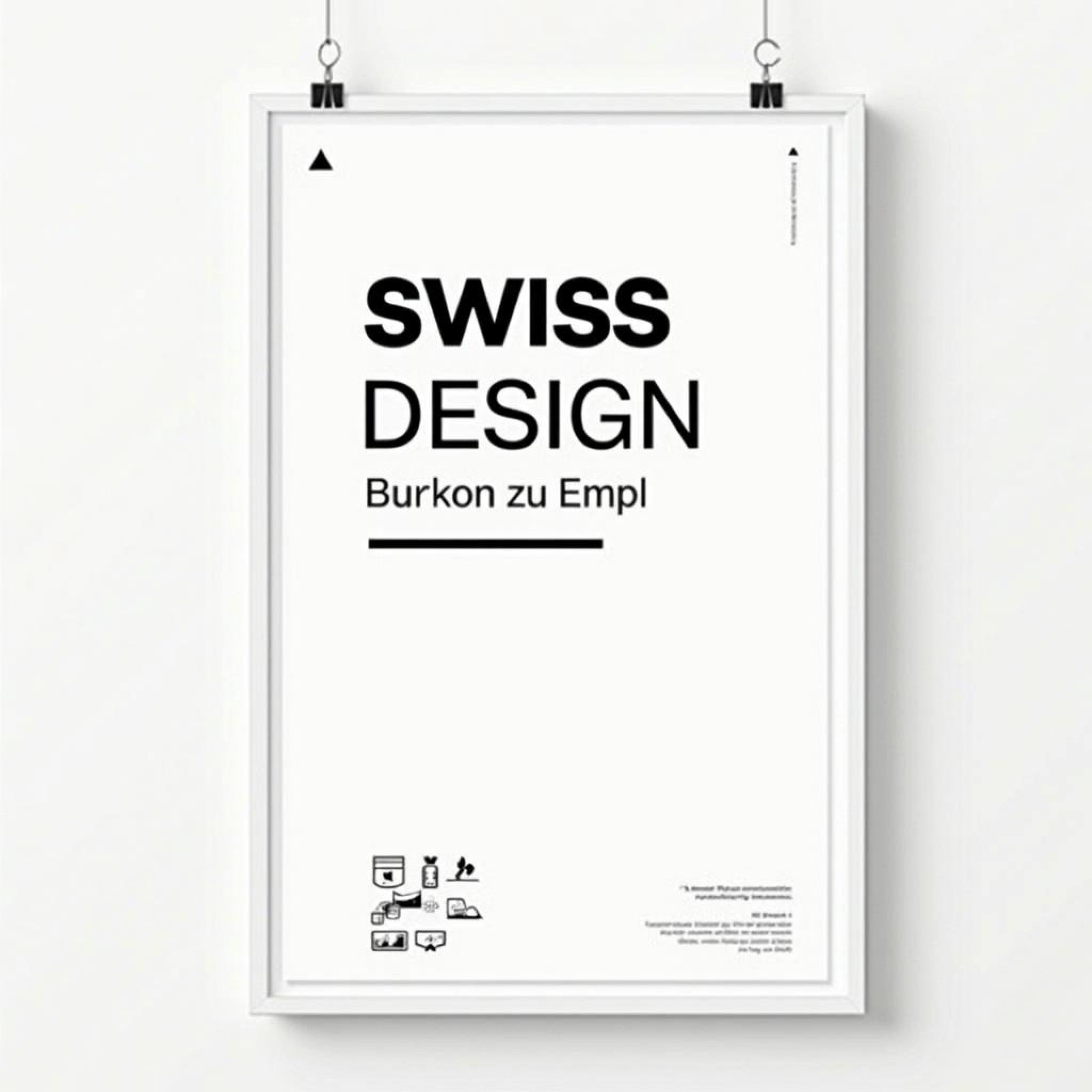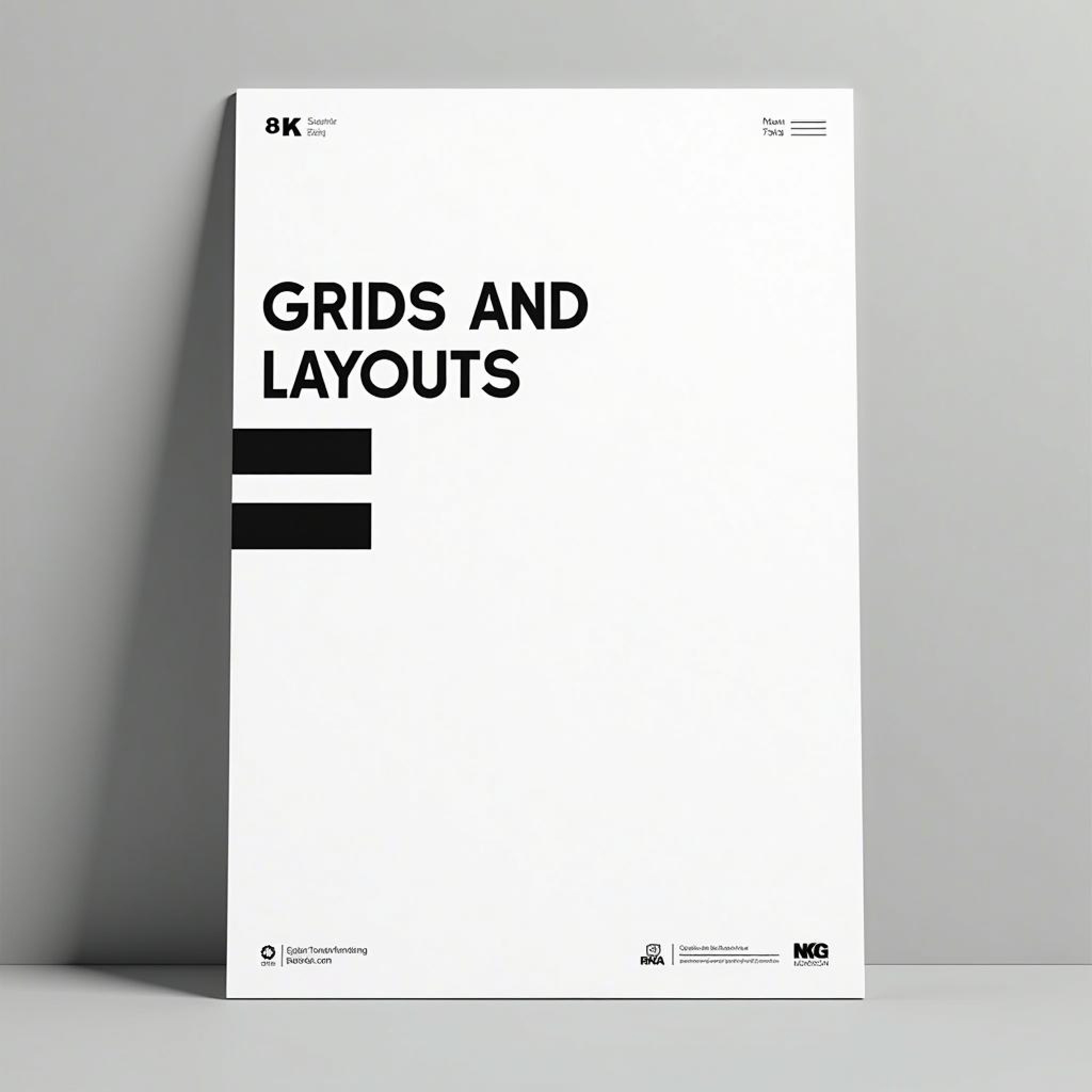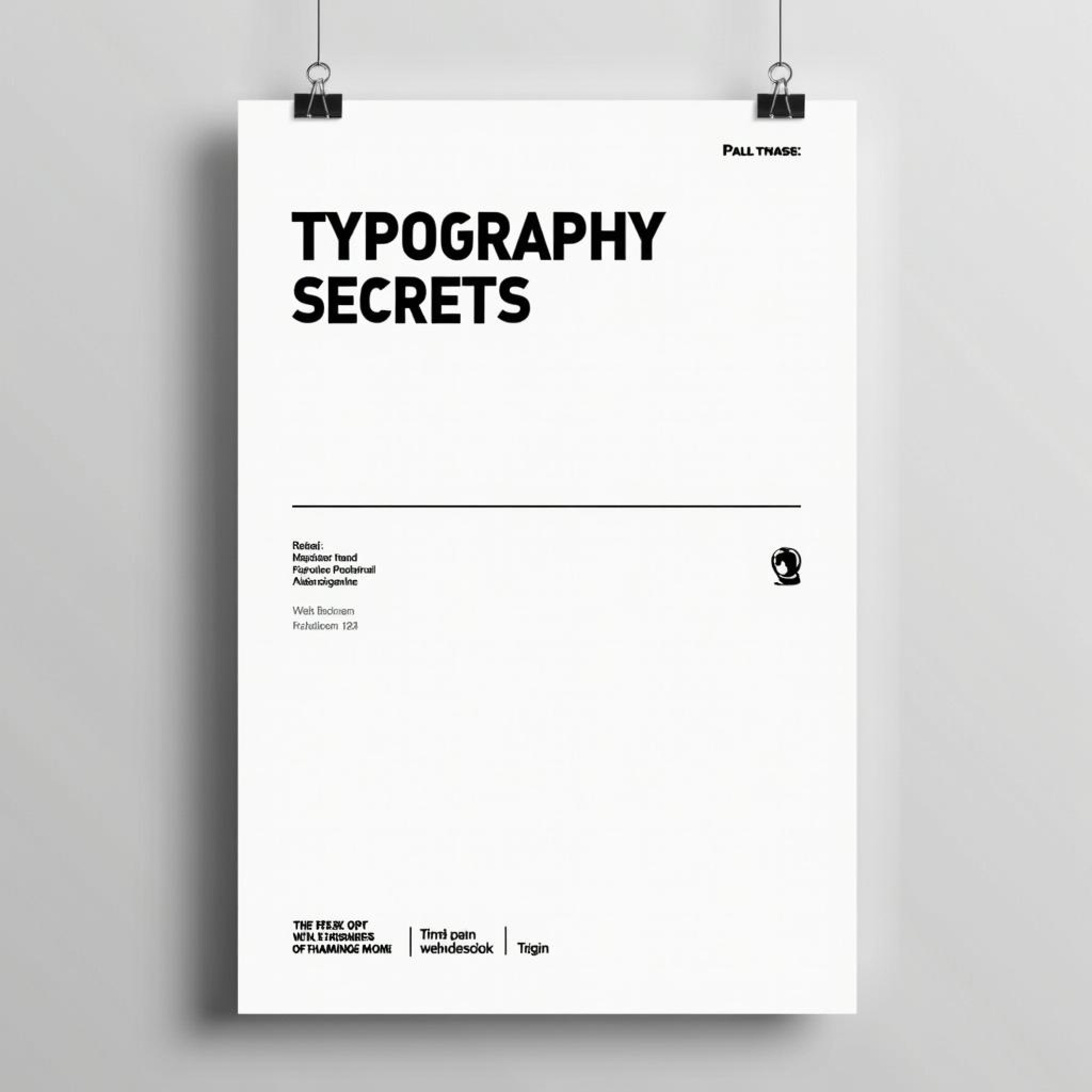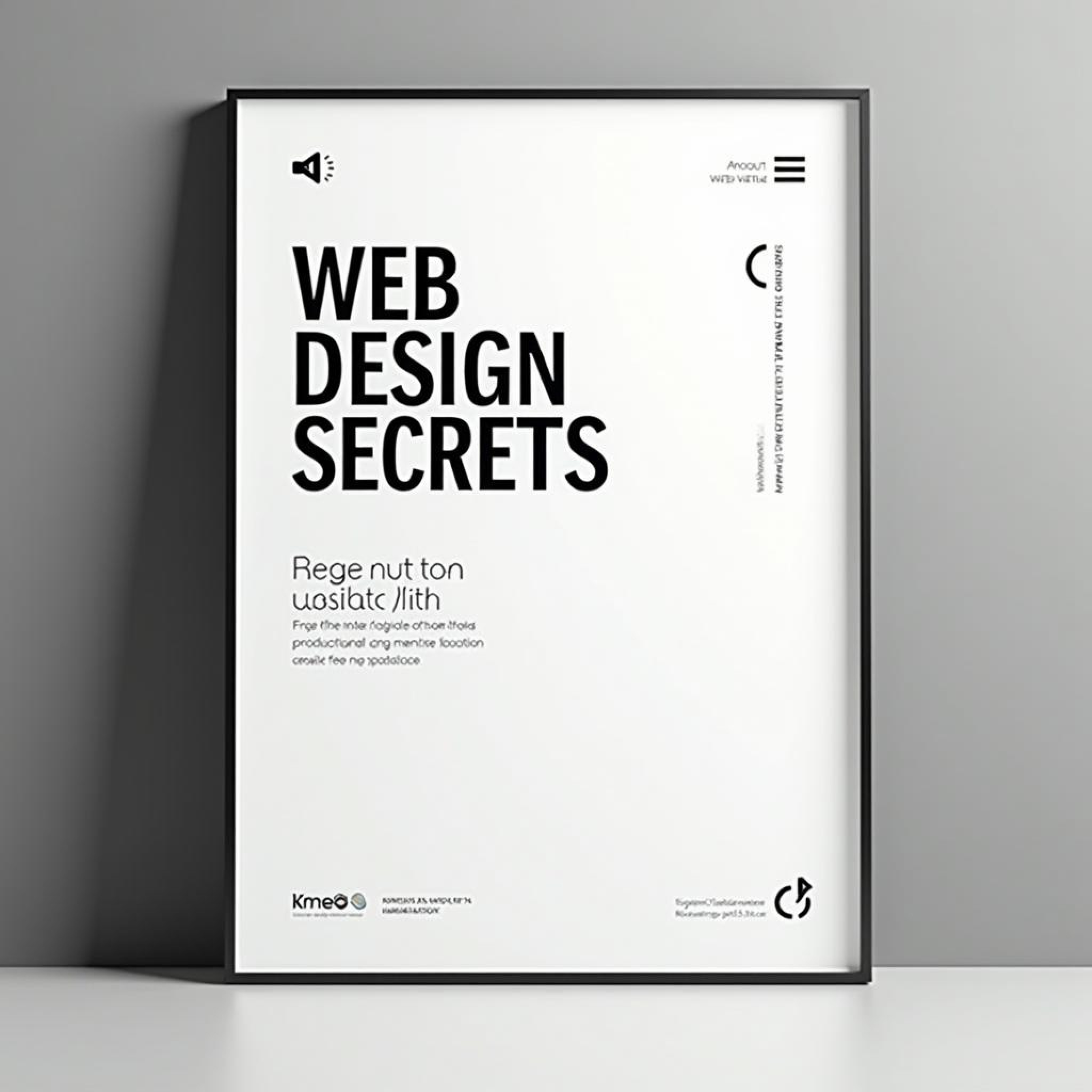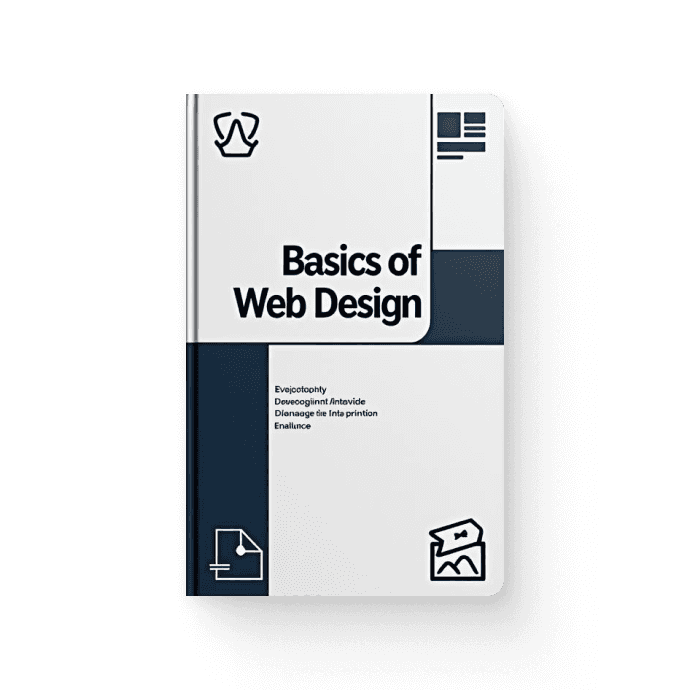Paper mode
Animation in Web Design
Discover how animation can add life to your designs and improve user interaction.
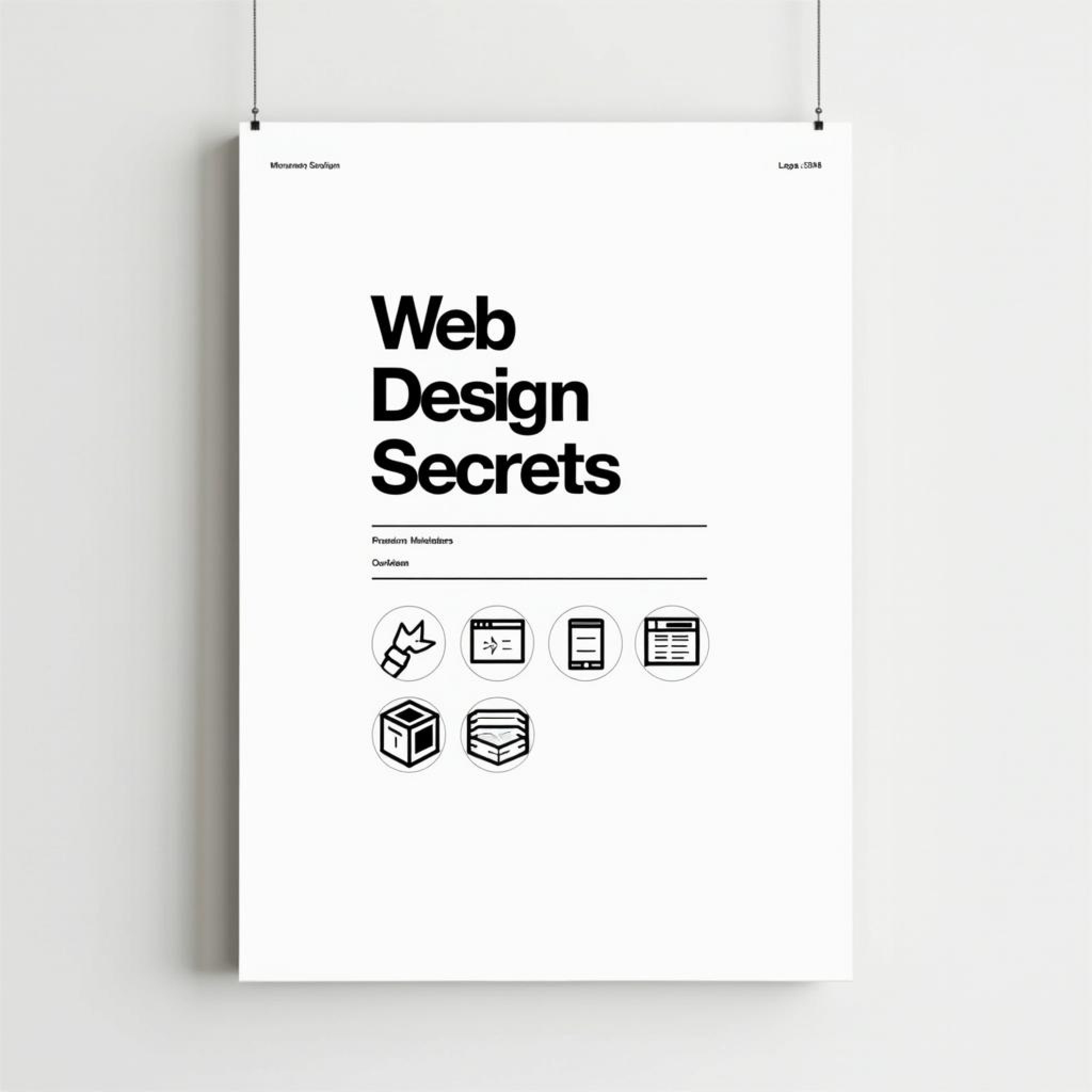
Web design can be overwhelming for beginners, but mastering the basics is easier than you think. Explore the key principles that form the foundation of effective web design and start creating stunning, user-friendly websites.
Web design has evolved dramatically over the past few decades, shifting from static, text-heavy pages to dynamic, interactive experiences that engage users on multiple levels. But no matter how much the technology changes, the core principles of web design remain constant. These principles form the foundation of creating websites that are not only visually appealing but also functional and user-friendly. At its heart, web design is about crafting experiences that meet the needs of users while balancing aesthetics with functionality. One of the most critical aspects of web design is usability. A beautiful website is useless if it’s hard to navigate or doesn’t meet the user’s needs. Usability ensures that users can easily find the information they’re looking for, complete tasks efficiently, and enjoy a seamless experience. Navigation plays a key role in usability, and it’s crucial to keep it simple, intuitive, and consistent throughout the site. A well-designed navigation bar, breadcrumb trail, or search feature can help users move through your site with ease. Responsiveness is another cornerstone of modern web design. With the vast array of devices and screen sizes available today, ensuring that your website looks and functions well on desktops, tablets, and mobile devices is essential. A responsive design automatically adjusts elements such as images, text, and navigation to fit the user’s screen, providing an optimal experience regardless of the device. This goes hand in hand with performance—fast loading times and minimal lag are essential for retaining users and reducing bounce rates. Visual hierarchy is another fundamental principle of web design. It refers to the arrangement of elements on a page to guide the user’s eye to the most important information first. By using size, color, contrast, and alignment, you can direct users to key content such as headlines, calls to action, or important announcements. For example, a bold headline at the top of the page immediately grabs attention, while a clear call-to-action button at the bottom encourages users to take the next step. Content layout is equally important. Organizing information in a way that is logical and easy to scan can greatly enhance user experience. Break up long blocks of text with subheadings, bullet points, or images to make content more digestible. White space is also essential—it allows your content to breathe and prevents the design from feeling cluttered. When used effectively, white space can even draw attention to specific elements, enhancing the overall user experience. Another key aspect of web design is consistency. Consistent design elements, such as fonts, colors, and button styles, help users feel comfortable navigating the site. Inconsistent design can confuse users, leading them to question whether they are still on the same website. Maintaining a cohesive visual identity across all pages ensures that users feel oriented and confident as they explore your site. Aesthetic appeal cannot be ignored either. While functionality and usability are paramount, the visual design of a website still plays a significant role in capturing users’ attention and making a lasting impression. A well-designed website should reflect the brand’s identity and communicate its message clearly. Colors, fonts, imagery, and layout should all work together harmoniously to create a visually engaging experience. Ultimately, web design is about striking the perfect balance between form and function. When done right, a website not only looks good but also provides a seamless, enjoyable experience that keeps users coming back. By adhering to core principles such as usability, responsiveness, visual hierarchy, and consistency, designers can create websites that meet the needs of users while leaving a lasting impression.
More Blogs
Books related to Web Design
Paper mode
Animation in Web Design
Discover how animation can add life to your designs and improve user interaction.

Web design can be overwhelming for beginners, but mastering the basics is easier than you think. Explore the key principles that form the foundation of effective web design and start creating stunning, user-friendly websites.
Web design has evolved dramatically over the past few decades, shifting from static, text-heavy pages to dynamic, interactive experiences that engage users on multiple levels. But no matter how much the technology changes, the core principles of web design remain constant. These principles form the foundation of creating websites that are not only visually appealing but also functional and user-friendly. At its heart, web design is about crafting experiences that meet the needs of users while balancing aesthetics with functionality. One of the most critical aspects of web design is usability. A beautiful website is useless if it’s hard to navigate or doesn’t meet the user’s needs. Usability ensures that users can easily find the information they’re looking for, complete tasks efficiently, and enjoy a seamless experience. Navigation plays a key role in usability, and it’s crucial to keep it simple, intuitive, and consistent throughout the site. A well-designed navigation bar, breadcrumb trail, or search feature can help users move through your site with ease. Responsiveness is another cornerstone of modern web design. With the vast array of devices and screen sizes available today, ensuring that your website looks and functions well on desktops, tablets, and mobile devices is essential. A responsive design automatically adjusts elements such as images, text, and navigation to fit the user’s screen, providing an optimal experience regardless of the device. This goes hand in hand with performance—fast loading times and minimal lag are essential for retaining users and reducing bounce rates. Visual hierarchy is another fundamental principle of web design. It refers to the arrangement of elements on a page to guide the user’s eye to the most important information first. By using size, color, contrast, and alignment, you can direct users to key content such as headlines, calls to action, or important announcements. For example, a bold headline at the top of the page immediately grabs attention, while a clear call-to-action button at the bottom encourages users to take the next step. Content layout is equally important. Organizing information in a way that is logical and easy to scan can greatly enhance user experience. Break up long blocks of text with subheadings, bullet points, or images to make content more digestible. White space is also essential—it allows your content to breathe and prevents the design from feeling cluttered. When used effectively, white space can even draw attention to specific elements, enhancing the overall user experience. Another key aspect of web design is consistency. Consistent design elements, such as fonts, colors, and button styles, help users feel comfortable navigating the site. Inconsistent design can confuse users, leading them to question whether they are still on the same website. Maintaining a cohesive visual identity across all pages ensures that users feel oriented and confident as they explore your site. Aesthetic appeal cannot be ignored either. While functionality and usability are paramount, the visual design of a website still plays a significant role in capturing users’ attention and making a lasting impression. A well-designed website should reflect the brand’s identity and communicate its message clearly. Colors, fonts, imagery, and layout should all work together harmoniously to create a visually engaging experience. Ultimately, web design is about striking the perfect balance between form and function. When done right, a website not only looks good but also provides a seamless, enjoyable experience that keeps users coming back. By adhering to core principles such as usability, responsiveness, visual hierarchy, and consistency, designers can create websites that meet the needs of users while leaving a lasting impression.
More Blogs
Books related to Web Design
Paper mode
Animation in Web Design
Discover how animation can add life to your designs and improve user interaction.

Web design can be overwhelming for beginners, but mastering the basics is easier than you think. Explore the key principles that form the foundation of effective web design and start creating stunning, user-friendly websites.
Web design has evolved dramatically over the past few decades, shifting from static, text-heavy pages to dynamic, interactive experiences that engage users on multiple levels. But no matter how much the technology changes, the core principles of web design remain constant. These principles form the foundation of creating websites that are not only visually appealing but also functional and user-friendly. At its heart, web design is about crafting experiences that meet the needs of users while balancing aesthetics with functionality. One of the most critical aspects of web design is usability. A beautiful website is useless if it’s hard to navigate or doesn’t meet the user’s needs. Usability ensures that users can easily find the information they’re looking for, complete tasks efficiently, and enjoy a seamless experience. Navigation plays a key role in usability, and it’s crucial to keep it simple, intuitive, and consistent throughout the site. A well-designed navigation bar, breadcrumb trail, or search feature can help users move through your site with ease. Responsiveness is another cornerstone of modern web design. With the vast array of devices and screen sizes available today, ensuring that your website looks and functions well on desktops, tablets, and mobile devices is essential. A responsive design automatically adjusts elements such as images, text, and navigation to fit the user’s screen, providing an optimal experience regardless of the device. This goes hand in hand with performance—fast loading times and minimal lag are essential for retaining users and reducing bounce rates. Visual hierarchy is another fundamental principle of web design. It refers to the arrangement of elements on a page to guide the user’s eye to the most important information first. By using size, color, contrast, and alignment, you can direct users to key content such as headlines, calls to action, or important announcements. For example, a bold headline at the top of the page immediately grabs attention, while a clear call-to-action button at the bottom encourages users to take the next step. Content layout is equally important. Organizing information in a way that is logical and easy to scan can greatly enhance user experience. Break up long blocks of text with subheadings, bullet points, or images to make content more digestible. White space is also essential—it allows your content to breathe and prevents the design from feeling cluttered. When used effectively, white space can even draw attention to specific elements, enhancing the overall user experience. Another key aspect of web design is consistency. Consistent design elements, such as fonts, colors, and button styles, help users feel comfortable navigating the site. Inconsistent design can confuse users, leading them to question whether they are still on the same website. Maintaining a cohesive visual identity across all pages ensures that users feel oriented and confident as they explore your site. Aesthetic appeal cannot be ignored either. While functionality and usability are paramount, the visual design of a website still plays a significant role in capturing users’ attention and making a lasting impression. A well-designed website should reflect the brand’s identity and communicate its message clearly. Colors, fonts, imagery, and layout should all work together harmoniously to create a visually engaging experience. Ultimately, web design is about striking the perfect balance between form and function. When done right, a website not only looks good but also provides a seamless, enjoyable experience that keeps users coming back. By adhering to core principles such as usability, responsiveness, visual hierarchy, and consistency, designers can create websites that meet the needs of users while leaving a lasting impression.
